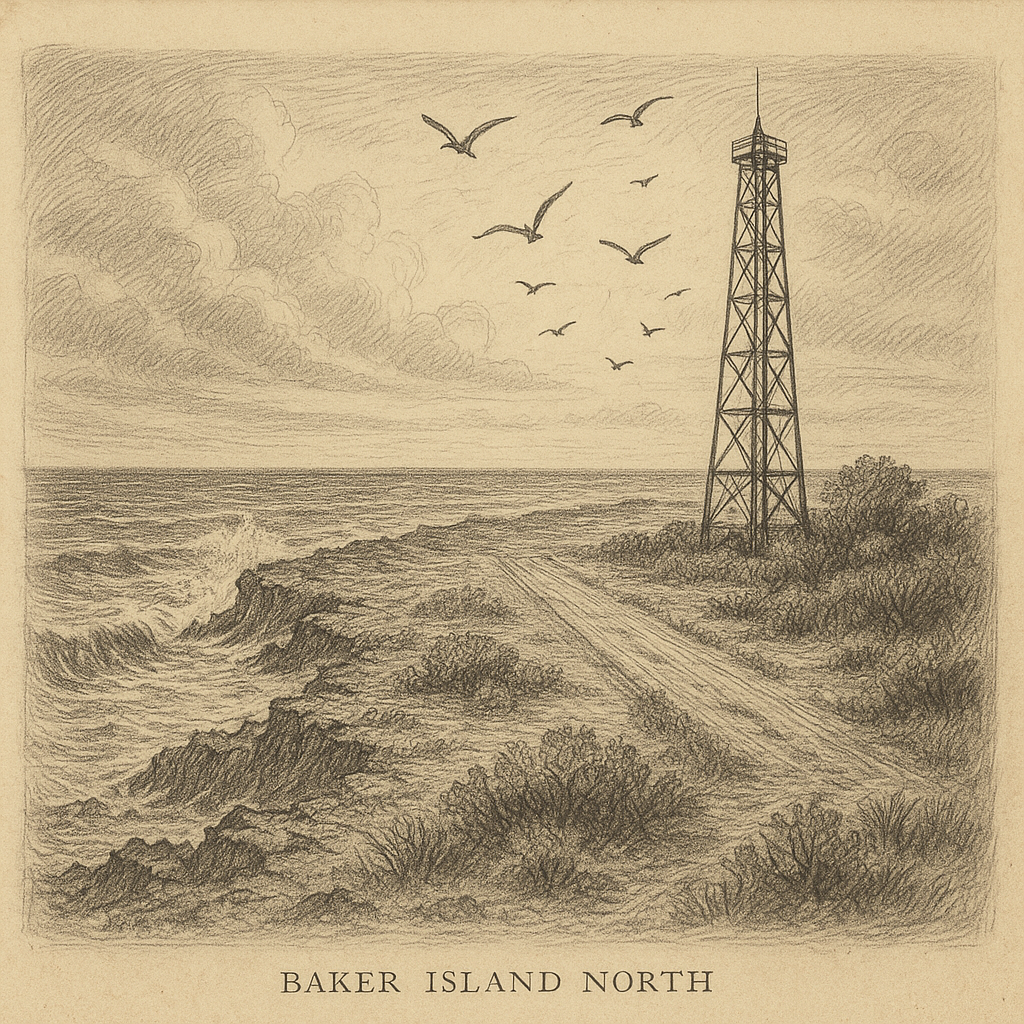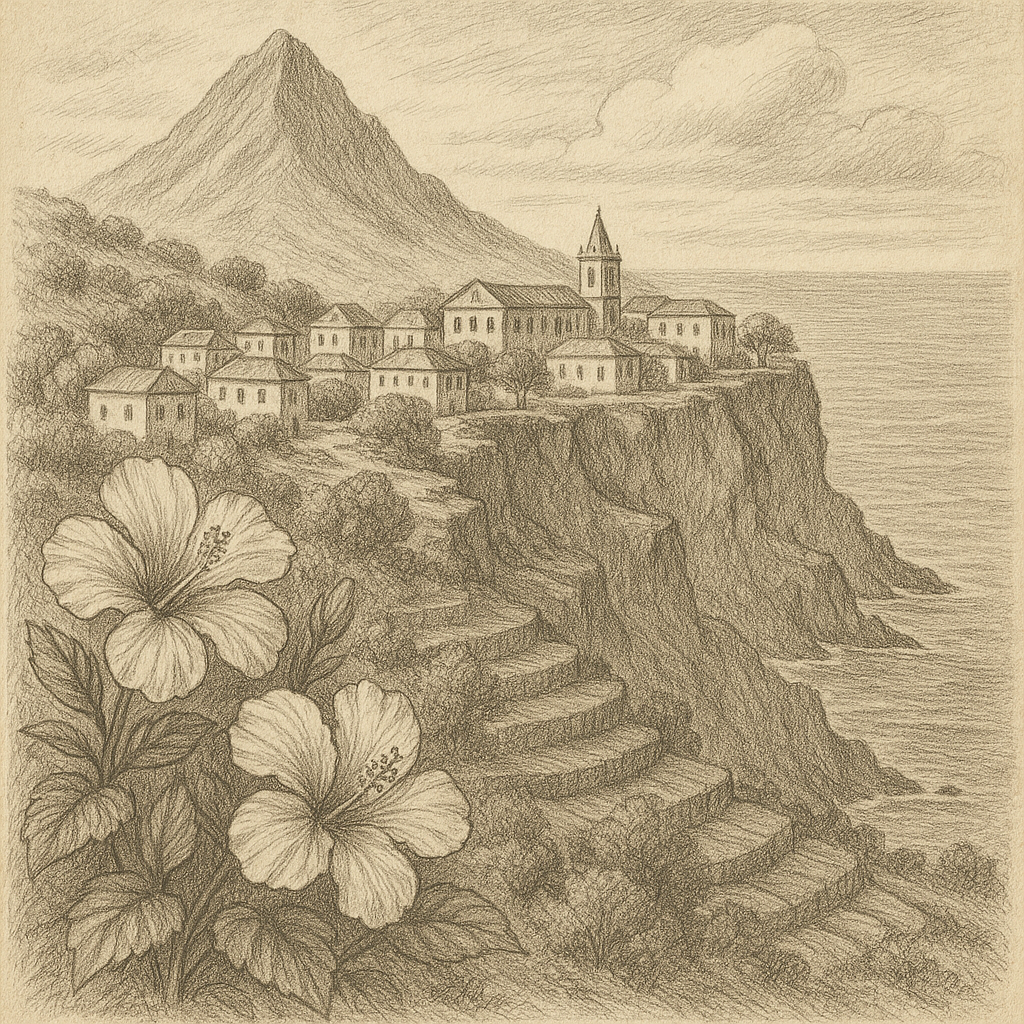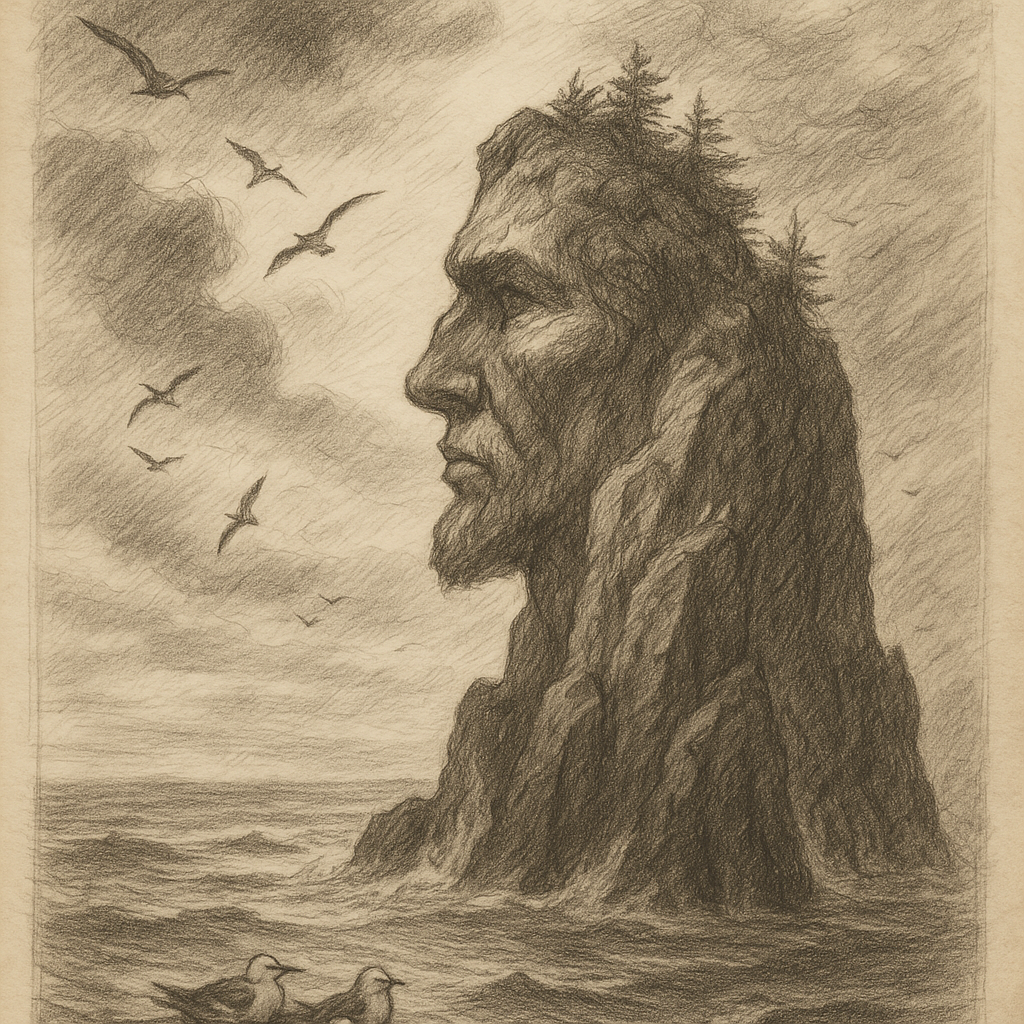Easter Island: The Remote Polynesian Enigma
Easter Island, also known as Rapa Nui in the native Polynesian language, is one of the most remote inhabited islands in the world. Located in the southeastern Pacific Ocean, over 3,500 kilometers west of continental Chile – which governs the island – and 2,600 kilometers east of Pitcairn Island, Easter Island lies like a speck of volcanic land amidst vast oceanic waters. Despite its isolation, the island is globally famous, primarily due to its mysterious and iconic stone statues known as moai.
Geographical and Geological Characteristics
Easter Island is triangular in shape, with its three corners formed by extinct volcanic cones: Terevaka, Poike, and Rano Kau. The island spans a surface area of approximately 163.6 square kilometers, making it small in size but significant in cultural and archaeological treasure. Terevaka is the highest point on the island, rising to 507 meters above sea level.
The island was formed by a series of volcanic eruptions millions of years ago and is characterized by a rugged terrain of lava fields, craters, and sparse vegetation. It lies near a tectonic boundary and belongs to the so-called Nazca Plate, though it has not experienced significant recent volcanic activity. Unlike the lush Pacific islands of the tropics, Easter Island has a relatively dry subtropical climate, with average annual rainfall of around 1,100 mm and temperatures fluctuating between 15°C and 28°C throughout the year.
History and Culture
The first settlers of Easter Island are believed to have arrived from other Polynesian islands around 1200 AD. The Rapa Nui civilization, although geographically isolated, developed a complex society capable of impressive feats of engineering and artistry, as evidenced by their massive stone constructions. The moai, some of which weigh more than 80 tons and stand up to 10 meters tall, were carved from volcanic tuff found in the Rano Raraku quarry and transported across the island without the use of wheels or large domesticated animals.
At its peak, the population of Easter Island may have reached up to 15,000 people. However, rampant deforestation and natural resource depletion, possibly combined with internal conflicts and European contact, led to societal collapse in the centuries that followed. Today, the population of Easter Island is around 7,700, the majority of whom live in the capital, Hanga Roa.
Unique Natural Environment
Despite its small size, Easter Island hosts a unique ecosystem that has suffered significantly due to human activity over centuries. The once-forested island lost nearly all of its native trees, such as the now-extinct giant palm species Paschalococos disperta, often referred to as the “Easter Island palm.” Efforts are now underway to reintroduce native flora and protect local wildlife.
The surrounding waters of Easter Island form part of a large marine protected area established by the Chilean government. These waters are teeming with diverse marine species, including tuna, swordfish, and endemic reef fish. The oceanic isolation of Easter Island also means that many bird species once used the island as an important nesting site. Though several of these bird populations declined sharply, some breeding colonies are now being re-established thanks to conservation programs.
Intriguing Facts About Easter Island
– The word “moai” refers to the island’s iconic stone figures, and over 900 of them have been identified to date.
– Around a third of the moai were transported and erected on massive stone platforms called “ahu,” many of which face inland, symbolically watching over the island’s inhabitants.
– Near the eyesockets of some moai, archaeological evidence shows that coral eyes were once inlaid, giving the statues a lifelike quality.
– Rano Raraku, the quarry where most moai were carved, still contains dozens of incomplete statues, providing a detailed look into the ancient carving techniques.
– The island is home to the unique writing system Rongorongo, a series of glyphs carved into wooden tablets. To this day, the script remains undeciphered, adding another layer of mystery to Rapa Nui’s past.
Legends and Myths
Easter Island is deeply steeped in local lore, where oral traditions passed from generation to generation intertwine mythology with the history of the island’s people. According to Rapa Nui legend, the first settlers arrived under the leadership of Hotu Matu’a, a king who sailed from a distant land called Hiva. They say he landed at Anakena beach, where moai and ahu now stand in serene and silent testimony.
One of the most enduring cultural traditions of Easter Island is the Birdman Cult or “Tangata Manu,” which emerged after the moai-building era. This ritual involved a competition in which men sought the first egg laid by the manutara (sooty tern) on the nearby islet of Motu Nui. The champion, or Birdman, was believed to gain great spiritual power, or mana, for himself and his tribe.
Legends also surround the transportation and raising of the moai statues, with theories ranging from divine powers to complex social organization. Some speak of the moai “walking” to their platforms through spiritual energy, while others suggest the use of ropes and coordination by hundreds of people. The true method remains uncertain, though modern experiments have shown that it is technically possible to “walk” the statues using ropes and human manpower alone.
Modern Life and Tourism
Today, Easter Island is a UNESCO World Heritage Site, with large portions protected under Rapa Nui National Park. Tourism is the island’s main source of income, attracting archaeologists, adventurers, and cultural enthusiasts from around the world. Visitors arrive via flights from Santiago, Chile or Tahiti, but strict regulations protect the island’s fragile ecosystem and cultural heritage sites.
Cultural revival has also gathered pace, with efforts to reintroduce Rapa Nui language in schools, preserve oral histories, and maintain traditional carving techniques. Each year, the island hosts the Tapati Festival, an exuberant celebration of Rapa Nui heritage that features traditional sports, dance, and storytelling.
Conclusion
Easter Island remains one of the most enigmatic and captivating places on Earth. From the towering moai to the ceremonial sites, from ecological restoration to the revival of ancient legends, the island continues to captivate our imagination. Its legacy, carried through stone, story, and spirit, offers valuable lessons about humanity, resource management, and the enduring power of culture in even the most remote corners of the world.


